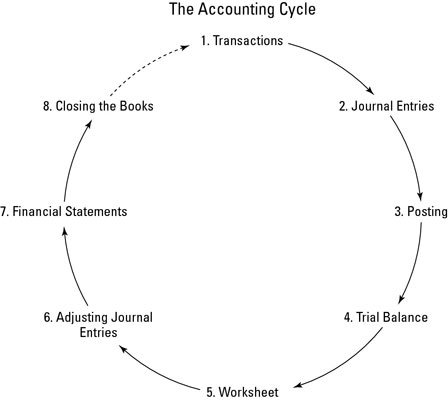account payable an amount due for payment to a supplier of goods or services, also described as a trade creditor.
account receivable an amount due from a customer, also described as a trade debtor.
accountancy firm A business partnership (or possibly a limited company) in which the partners are qualified accountants. The firm undertakes work for clients in respect of audit, accounts preparation, tax and similar activities.
accountancy profession The collective body of persons qualified in accounting, and working in accounting-related areas. Usually they are members of a professional body, membership of which is attained by passing examinations.
accounting The process of identifying, measuring and communicating financial information about an entity to permit informed judgements and decisions by users of the information.
accounting equation The relationship between assets, liabilities and ownership interest.
accounting period Time period for which financial statements are prepared (e.g. month, quarter, year).
accounting policies Accounting methods which have been judged by business enterprises to be most appropriate to their circumstances and adopted by them for the purpose of preparing their financial statements.
accounting standards Definitive statements of best practice issued by a body having suitable authority.
Accounting Standards Board The authority in the UK which issues definitive statements of best accounting practice.
accruals basis The effects of transactions and other events are recognised when they occur (and not as cash or its equivalent is received or paid) and they are recorded in the accounting records and reported in the financial statements of the periods to which they relate (see also matching).
accumulated depreciation Total depreciation of a non-current (fixed) asset, deducted from original cost to give net book value.
acid test The ratio of liquid assets to current liabilities.

